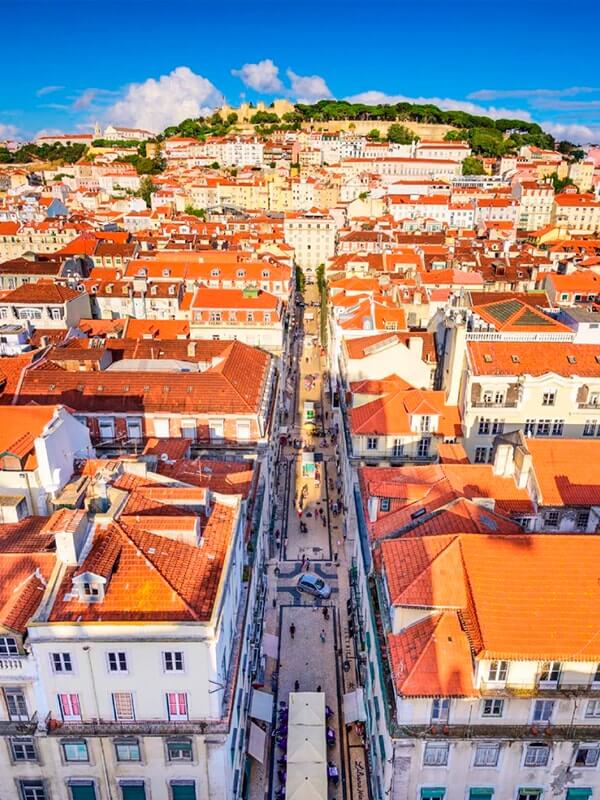
Pret a Porto: Portugal’s second city is ready for the limelight

This article is an abridged version of the original. To read the full article click here.
Something odd is happening in Porto’s most famous bookshop. We arrive in the middle of the morning, after a leisurely breakfast of coffee and custard-filled pastéis de nata. The queue to get inside runs around the next block. At the ticket office, where access to the bookshop can be achieved by purchasing a ticket for €5, we are assured that it will take only 30 minutes until our turn. You read that correctly: people pay €5, and wait half an hour, just to get into a bookshop. Mind you, Livraria Lello is not any old bookshop, which helps to explain the partyish atmosphere among the people waiting, with a busker playing jazz on the steps of a neighbouring department store. Built in 1906, the shop’s architecture is a startling mix of neo-gothic and art deco, with a stained-glass skylight and a red-painted twisting staircase that supposedly inspired JK Rowling when she started writing Harry Potter (Rowling worked in Porto as an English teacher from 1991 to 1993).
Happily, other parts of Porto are not so overwhelmingly crowded, though locals report a massive change from around 2005 when much of the old town centre was deserted. (…)
The department store where the busker is playing provides a beautiful example of the newly confident city. A Vida Portuguesa, housed in a 19th-century warehouse, sells an inspired edit of Portuguese products – soaps, classic toys, ceramics, linens and more. In a globalised market where it can feel at times as though all products available anywhere are exactly the same, it’s wonderful to see so many exquisite things that are utterly unfamiliar. And big brands from outside are keen to be part of Porto’s moment. (…)
Porto is a good-looking city, its granite buildings packed into a hilly landscape, many of them decorated on the outside with azulejos, the stunning blue and white tiles that are a defining feature of this place. The entrance to the São Bento station is particularly memorable, covered in some 20,000 of these tiles depicting key moments in the history of Portugal. (…)
We walk to Chocolataria Equador – and like the Claus Porto soaps, the chocolate bars are wrapped in exquisitely vibrant papers. We stock up on dark chocolate bars – walnut, fig, and passionfruit. It almost feels a crime to unwrap them, so lovely is the outer shell. Even the sardine cans in this city are beautiful. I’m not particularly keen on tinned fish, but it’s hard to resist the wonderful retro designs of Porthos, La Gondola and Minor.
Porto is hilly but walkable. From the Infante Sagres, it’s an easy stroll through the historic Ribeira district, classified by Unesco as a World Heritage Site. Climbing through the tangle of medieval streets to the old Jewish quarter, we find ourselves on a high terrace and admire the view across the city to the Douro. On the opposite bank in Vila Nova de Gaia, huge signposts among the riverside restaurants emblazon names of the iconic port lodges: Taylor’s, Sandeman, Croft, Fonseca, Symington, Calem... (…)
We cross back into Porto, past the imposing cathedral, and hear the evening bells of the landmark Torre de Clerigos as we approach our hotel. We’ve time before dinner to climb the 225-step spiral staircase to the top, and catch the best view of all over the city.
